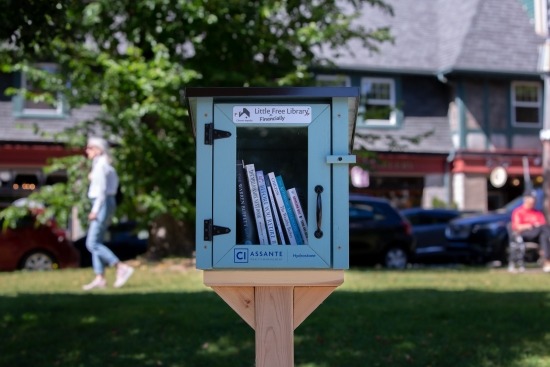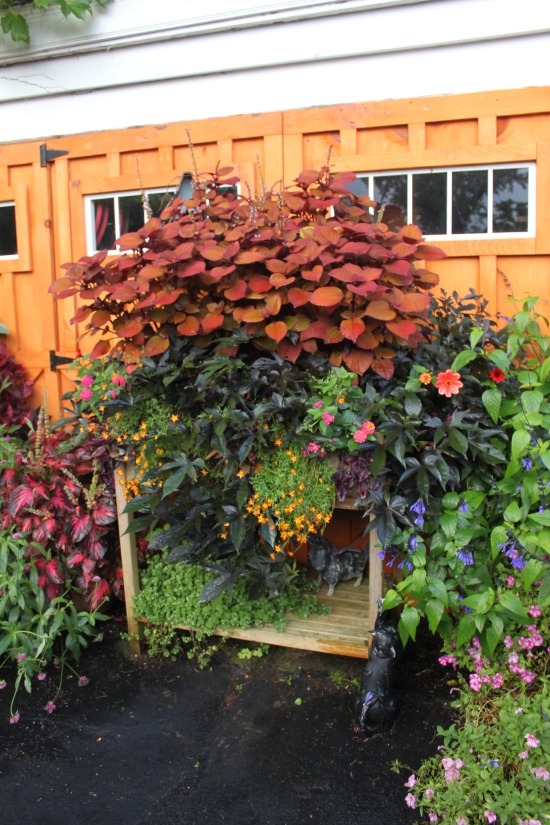
10 Tips to Container Gardening Success
May 2nd, 2024
This guest blog post was written by Niki Jabbour.
Growing ornamental and edible plants in containers is a fun and easy way to add colour – and flavor – to outdoor spaces. Here are 10 tips to ensure container gardening success:
Pick the right types of pots
Containers can be made from a variety of materials including plastic, resin, fibreglass, glazed ceramic, metal, wood, fabric, and terra cotta. Keep in mind that the pot material affects how quickly the growing mix dries out. For example terra cotta is very porous and metal heats up very quickly in sunny weather. Containers made from these materials will need extra attention paid to watering. Don’t be shy about picking colourful or whimsical containers. Have fun with your garden! You can also upcycle items like buckets, baskets, an watering can, or a washtub into unique potted gardens.
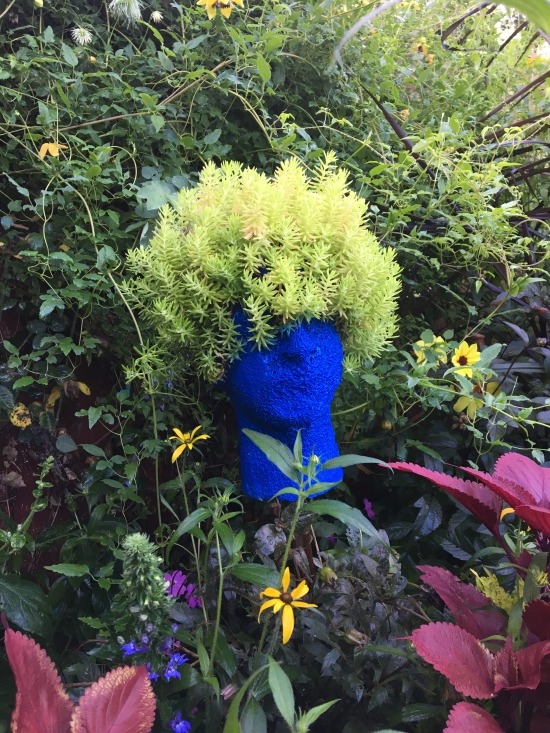
Ensure good drainage
No matter what type of container you use, make sure there are drainage holes in the bottom. A saturated growing mix quickly results in root rot. The old advice of adding gravel to the bottom of a pot doesn’t improve drainage. If there are no holes, either add some using a drill or pick a different type of container. It’s easy to add drainage holes to wood, plastic, and resin containers. It’s more difficult to add them to glazed ceramic and terra cotta pots as they’re prone to cracking. Fabric planters drain fine and don’t need additional drainage holes.
Use the right growing mix
Potted plants need a lightweight growing mix with good drainage. You can’t use garden soil as it’s too heavy and quickly compacts after a few rains. I fill my pots with potting mix and compost blended at a ratio of 2/3 potting mix and 1/3 compost. The compost is rich in organic matter and helps improves fertility and the water-holding capacity of the soil.
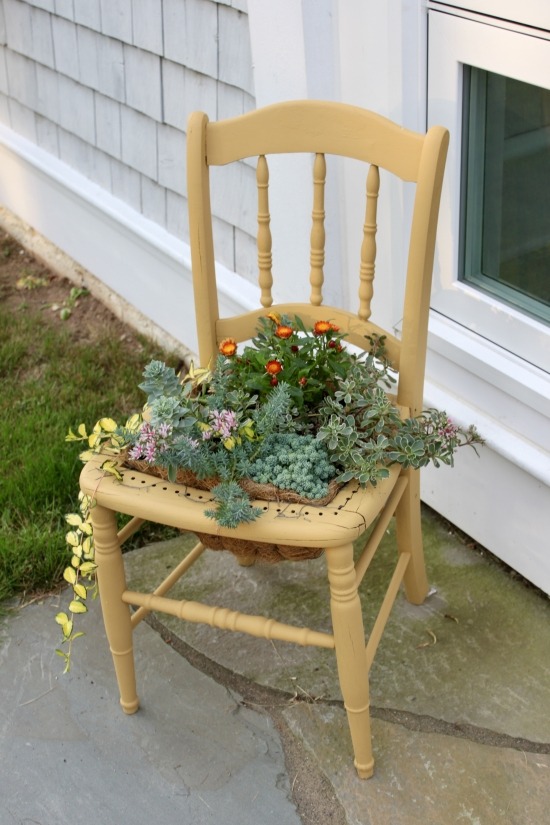
Picking plants
First, be sure to select plants that thrive in your light conditions; full sun, part shade, or full shade. Remember most herbs and vegetables need full sun to yield well.
Next, when it comes to designing a knockout container garden remember the ‘thriller, filler, spiller’ strategy. This uses three types of plants to create a well balanced design. The thriller is the star of the show, a tall type of plant like purple fountain grass, tall cultivars of coleus, King Tut papyrus grass, or Marguerite daisies. Fillers add mass to the design and take up the middle of the container. Good fillers include coleus, begonias, petunias, heliotrope, lantana, zinnias, and Diamond Frost euphorbia. As the name implies, spillers cascade over the edge of the container. My favourite spillers include sweet potato vine, nasturtium, bacopa, creeping Jenny, and Lemon Coral sedum.
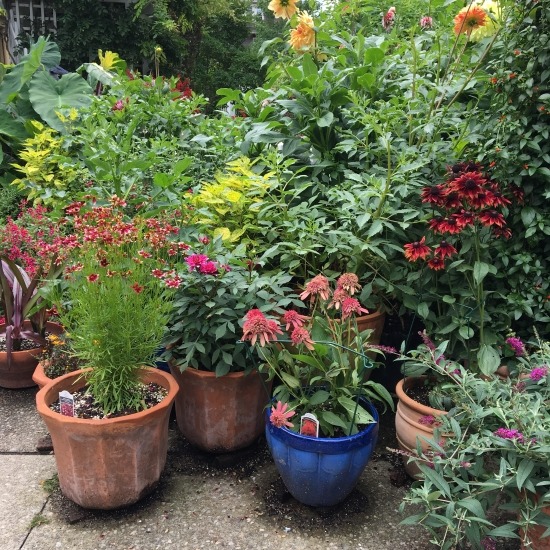
Plant a potted food garden
Herbs and vegetables also make great container plants. Just be sure to match the size of the container to the mature size of the plant. For example, if you wish to plant an indeterminate (vining) type of tomato that grows 6 feet tall, pick a pot at least 16 to 18 inches in diameter. I usually aim to grow compact varieties of vegetables in pots as they don’t need additional supports like cages or stakes. These include bush tomatoes as well as micro tomatoes like Tiny Tim, Red Robin, Tumbling Tom, Heartbreaker, and Terenzo.
Other veggies to plant in pots are bush cucumber varieties, dwarf peas, hot and sweet peppers, eggplant, and salad greens like lettuce, spinach, and chard. Most herbs also thrive in containers. Select your favourite kitchen herbs and clip often to encourage plenty of new growth.
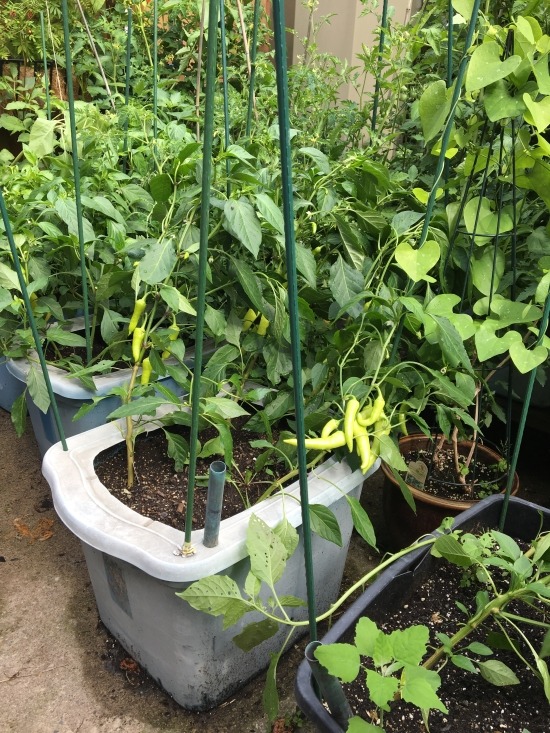
Pro planting tips
Start by filling the container with the growing mix. It’s best to dampen the mix before planting to eliminate dry pockets and ensure consistent moisture. Pop the plants from their containers, loosening the roots. If the roots are very tangled, break them up with your hands and spread them out in the new container. Place the plant at the same depth it was growing in the original pot. Water immediately after planting the container.
Fertilize often
Container plants need a steady supply of nutrients. I like to add a complete organic granular fertilizer into the growing mix when I fill the pots and then I also use a liquid organic fertilizer every 2 weeks during the growing season. I add a reminder to my calendar to ensure I stay on schedule.
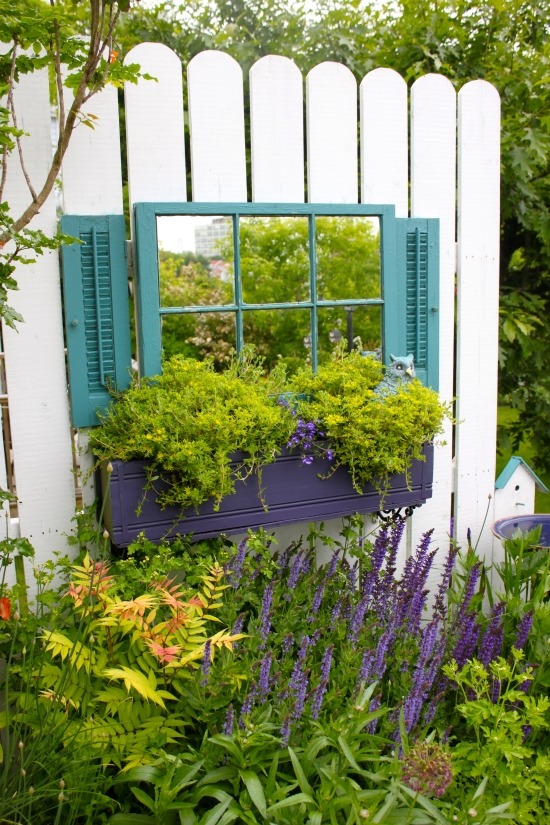
Water right
Watering is the most important task to remember when caring for containers. Depending on the pot size and the weather containers may need to be watered daily in summer. If you wish to cut down on watering, choose large pots as they dry out slower than small containers, or buy self-watering containers which have a reservoir of water in the bottom portion of the pot.
I like to deep water my containers in the morning as that means they’re well hydrated for the day. Plus it deters fungal diseases as the leaves have time to dry off before nightfall. You should water until excess the water is draining out the bottom of the pots. Don’t wait for the plants to wilt before you water. At this point the plant tissues are damaged.
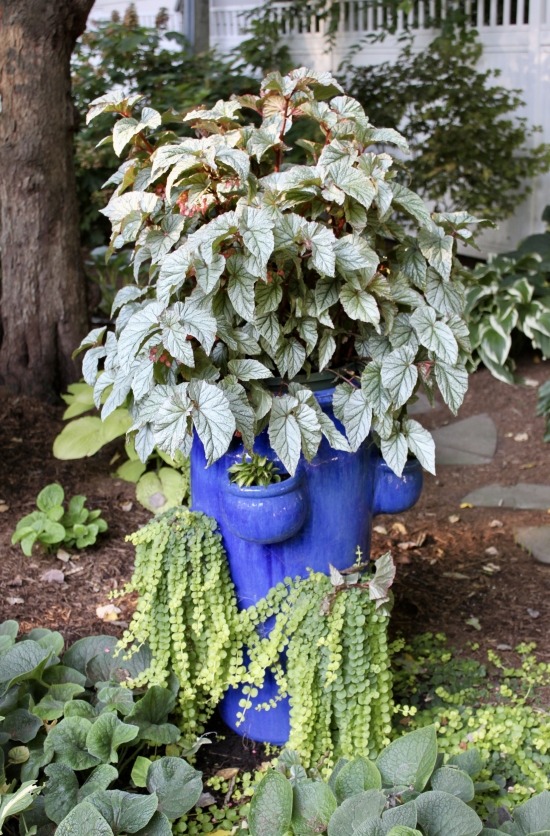
Deadhead spent blooms
If growing flowers like Marguerite daisies, zinnias, or marigolds, use garden snips to deadhead spent flowerheads every few days. Removing old blooms encourages the plants to keep producing new buds and extends the flowering season.
Edit containers as needed
Finally, as summer marches on you may notice that a few of your potted plants are looking past their prime. That’s ok! You can edit containers anytime a plant is underperforming. Just remove it from the container and replace it with a new plant. In early September I refresh my containers with late season plants like fall mums, grasses, pansies, and ornamental kales and cabbages. They keep the pots looking colourful for an extra 4 to 6 weeks.
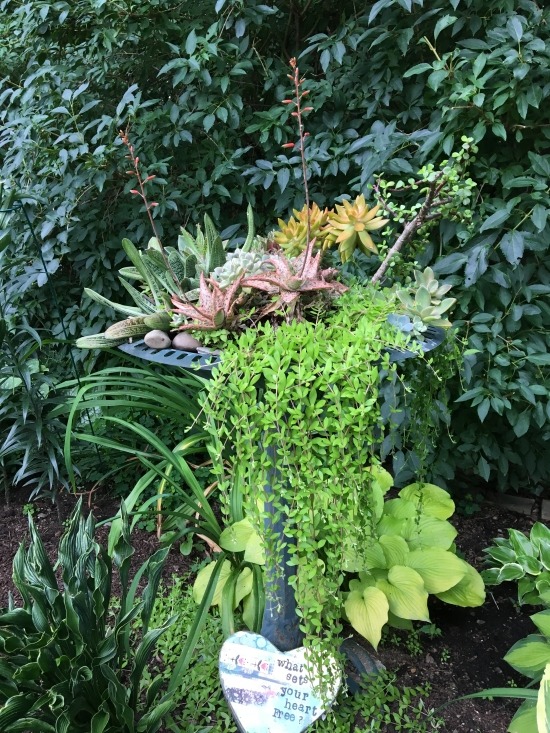
All photos in this post were contributed by Niki Jabbour.
More Articles

Que faire quand la retraite approche?
Read More